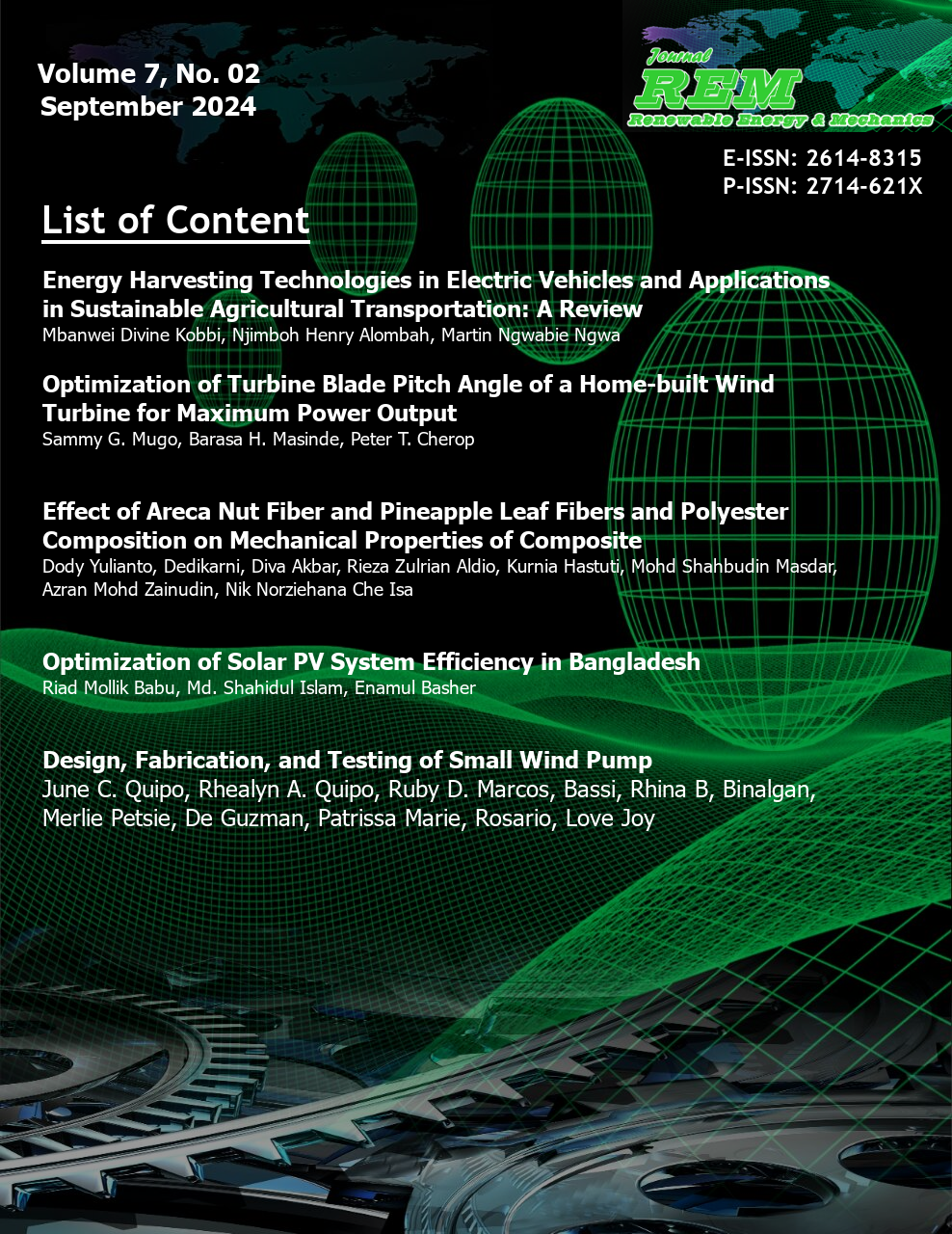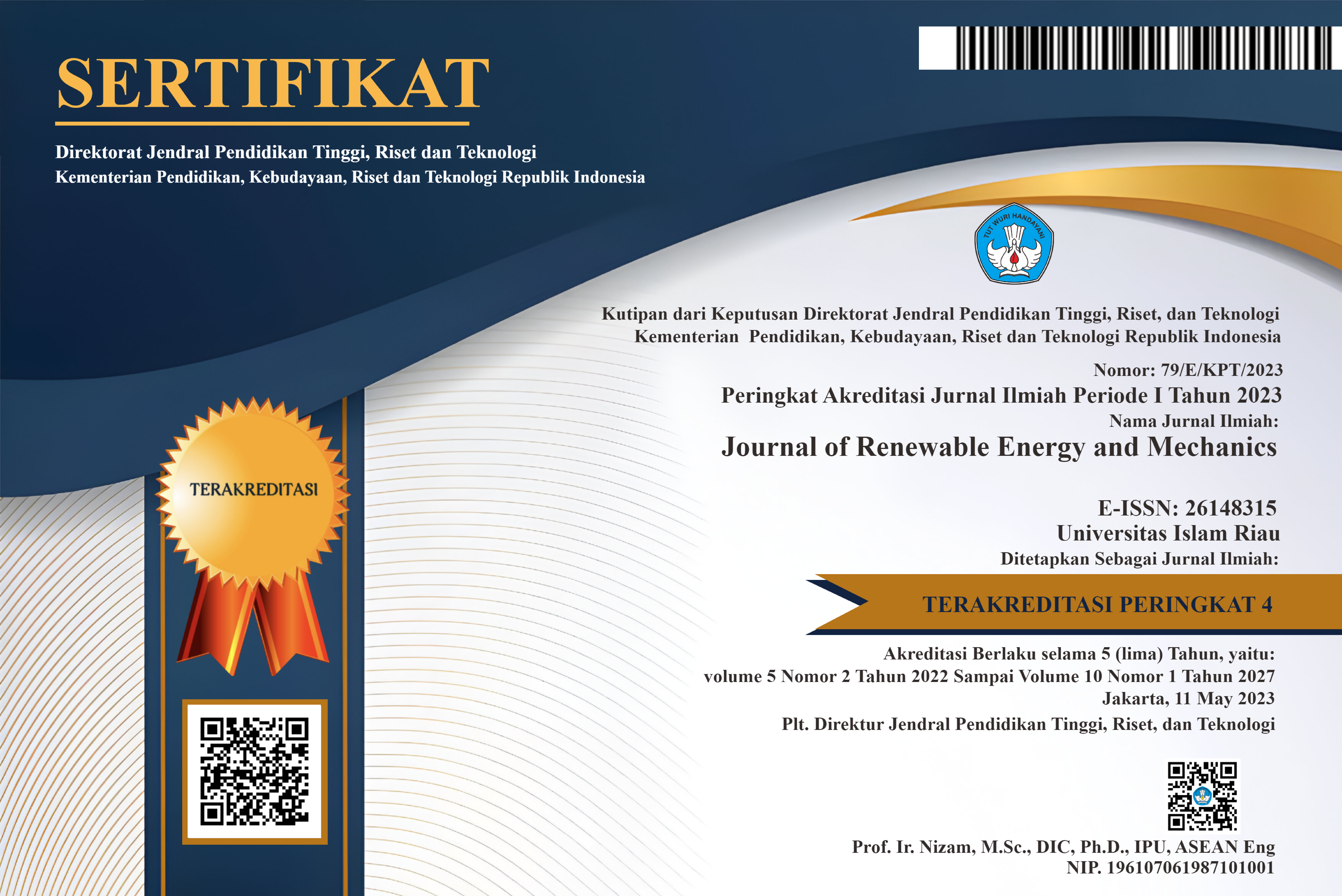Energy Harvesting Technologies in Electric Vehicles and Applications in Sustainable Agricultural Transportation: A Review
DOI:
https://doi.org/10.25299/rem.2024.17798Abstract
The increasing challenges of energy depletion, environmental pollution, climate change, and agricultural transportation costs demand innovative solutions. Electric vehicles (EVs) offer a promising solution towards mitigating these issues through renewable energy sources. However, limited driving range remains a crucial barrier to their widespread adoption, particularly in environmentally friendly agricultural transportation. This review paper comprehensively analyzes energy harvesting technologies in electric vehicles and their application in agricultural transportation. The focus is on their potential to improve driving range and address the specific needs of farmers in terms of maximizing their income. Very few review articles have been published on maximum number of possibilities of harvesting energies in electric vehicles, application in agricultural transportation and future prospects for improvement. Existing and current literature was systematically reviewed on various energy harvesting techniques applicable to EVs, including solar energy harvesting, regenerative braking, aerodynamic (wind) energy recovery, and vibration energy harvesting through suspension systems which are all renewable energy sources. Their advantages, working principle, limitations, and recent advancements were critically discussed. All explored energy harvesting methods show the ability to extend EV driving range. However, solar energy and wind or aerodynamic energy harvesting in EVs are theoretically possible but still under research for practical applications due to lots of limitations. Regenerative braking and vibration energy harvesting show the most promising current applications. The Electrical or electromagnetic vibration energy harvesters produce better results over mechanical (hydraulic and pneumatic harvesters). When optimization is employed, better results were achieved. Research on the application of artificial intelligence based computer algorithms to optimize and produce the best amount of harvested energy in EVs will play a significant contribution in the adoption of EVs for sustainable agricultural transportation.













